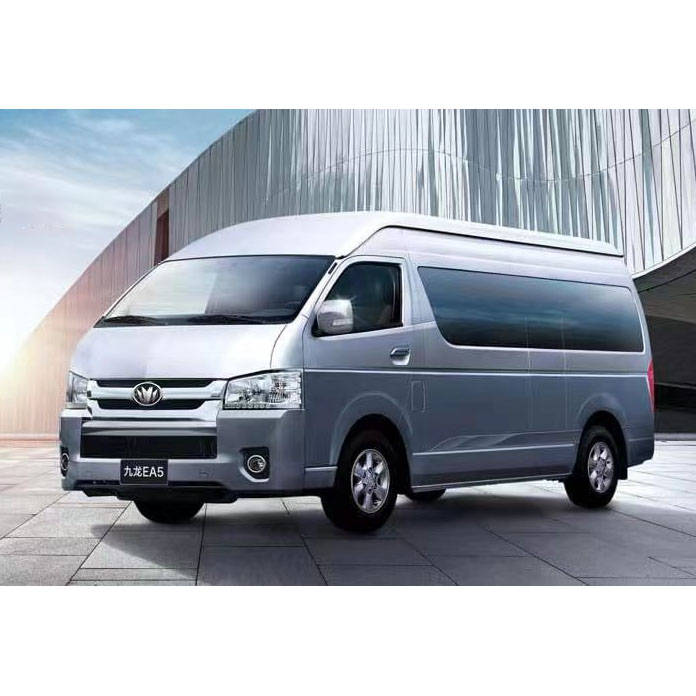Features and Considerations for a 15 to 19 Seats Electric Bus
2024-06-24
A 15 to 19 seats electric bus refers to a medium-sized electric vehicle designed to transport passengers in urban or suburban environments. Here are some key features and considerations for a 15 to 19 seats electric bus:
1. Electric Powertrain: These buses are powered by electric motors, usually with battery packs as the energy source. Electric buses contribute to reducing emissions and noise pollution compared to diesel or gasoline-powered counterparts.
2. Seating Capacity: Typically, these buses accommodate between 15 to 19 passengers, including seating for the driver. The exact seating capacity may vary depending on the configuration and layout chosen by the manufacturer.
3. Range and Battery Capacity: The range of an electric bus depends on factors such as battery capacity, driving conditions, and passenger load. Modern electric buses can achieve ranges sufficient for daily urban commuting, typically ranging from 100 to 200 miles (160 to 320 kilometers) on a single charge.
4. Charging Infrastructure: Electric buses require charging infrastructure to recharge their batteries. Charging can be done overnight at depots or through fast-charging stations strategically located along bus routes to minimize downtime.
5. Safety and Comfort Features: These buses are equipped with safety features such as seat belts, air conditioning, heating, and accessibility features like low-floor designs and ramps for passengers with disabilities.
6. Cost and Maintenance: While initial costs may be higher than traditional buses, electric buses offer lower operational costs over their lifetime due to reduced fuel costs and lower maintenance requirements (fewer moving parts in the electric drivetrain).
7. Environmental Benefits: Electric buses contribute to reducing greenhouse gas emissions and improving air quality in urban areas, supporting efforts to combat climate change and urban pollution.
8. Regulatory and Incentive Programs: Many regions and cities offer incentives and subsidies to encourage the adoption of electric buses, such as grants for purchasing vehicles and funding for charging infrastructure.
9. Manufacturers: Several manufacturers produce electric buses globally, including BYD, Proterra, Yutong, Ebusco, and others. Each manufacturer offers various models with different specifications to meet specific operational needs.
Electric buses are becoming increasingly popular as cities worldwide aim to transition to cleaner and more sustainable public transportation solutions. They offer a viable alternative to conventional diesel or gasoline buses, providing economic, environmental, and social benefits to urban communities.



